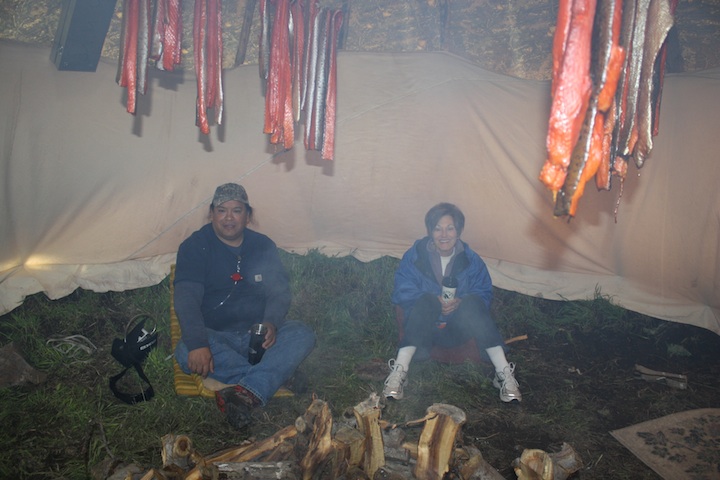By Steven O’Connell (Student, Project 4)

In the past few years, our Center has been conducting research to learn more about oxygenated polycyclic aromatic hydrocarbons (OPAHs). OPAHs are one of the degradation products of parent PAHs. OPAHs are studied because they are present in the environment and pose an unknown hazard to human health.
Although OPAHs have been measured in several samples all over the world, most analyses contained only a handful of OPAHs or used methods that may be inaccurate. To address some of the analytical challenges measuring OPAHs, I was involved in a multi-year study: An Analytical Investigation of 24 Oxygenated-PAHs (OPAHs) using Liquid and Gas Chromatography-Mass Spectrometry.
Why is there a focus now on OPAHs?
Focus on this class of compounds has really increased in the last few years, although it’s interesting to note that there were reports of some of these compounds in the 1970’s and earlier. There are several reasons researchers want to study these compounds. OPAHs seem to be found in similar concentrations to the highly studied parent PAHs in a variety of samples ranging from diesel exhaust to urban air. Additionally, not a lot is known about the toxicity of these compounds, although early evidence suggests that they may be on par with PAHs. That’s why the OPAH research of students Andrea Knecht and Britton Goodale in Dr. Robyn Tanguay’s Lab (Project 3) has been so important.
Why measure OPAHs at the Portland Harbor Superfund Site?
It makes a lot of sense to try and measure OPAHs at Portland Harbor Superfund. PAHs have been responsible for remediation at some sites for years now, and are the precursors of OPAHs. In some cases, remediation approaches employ ultra violet (UV) light to try and degrade PAHs and thereby cleanup that site. However, it is possible that PAHs could degrade to OPAHs during the process. If no one is monitoring the products of this UV treatment, the site could remain hazardous. That’s why Norman Forsberg’s upcoming paper and Marc Elie’s work with ultra violet light in the Anderson laboratory (Project 4) is so interesting.
What still needs to be understood?
The formation and concentration of these compounds in the environment at contaminated sites are poorly understood. It is important to continue three areas of research that have been going on at OSU.
- Detection: If the compounds are not present, then there’s less to worry about.

Good times with lab mates when Steven O’Connell (right) first started working in the Anderson lab. - Toxicity: Addresses concerns over compounds that are detected in environmental samples.
- Processes by which OPAHs are made or degraded.
With that knowledge, it will become easier to understand potential risks with this compound class.
Why is this paper important in advancing the science?
My paper is very analytical. If you watch the television series Bones, I would be most like Hodgins, except there would be less talk of “particulates” and more talk of cleaning instrumentation. But seriously, by providing two methods on very different instrumentation to measure over 20 OPAHs, I provided a helpful platform for other scientists to use and build upon to measure this compound class in a variety of applications.

